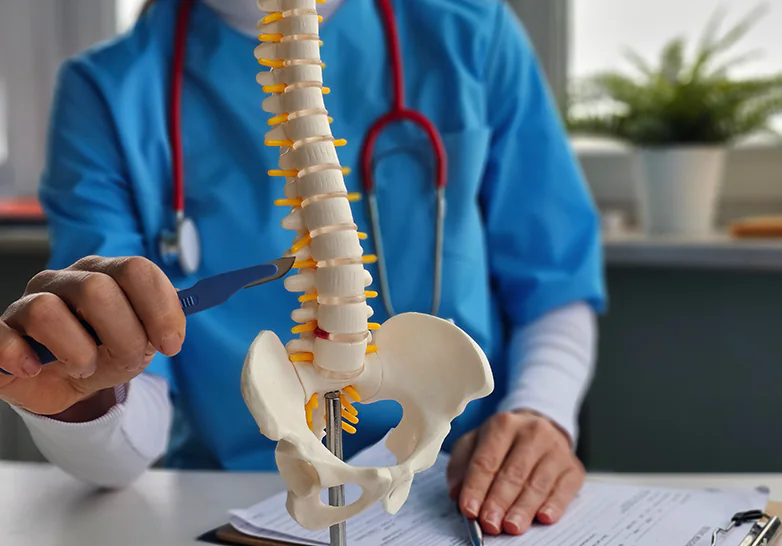Post-surgery rehabilitation after herniated disc

One year after surgery for a herniated disc, our patient arrived with the complaint that although his pain had significantly decreased, it had not completely resolved.
Conservative therapy plays a crucial role after disc herniation surgery. The body attempts to “replace” the gelatinous material removed during the operation, and as a result scar tissue forms. Another problem is the protective, pain-avoiding lifestyle that develops over time: the muscles of the lower thoracic and lumbar spine become extremely tight. In stiff, tense muscles, blood circulation is insufficient, which provokes further pain. The range of motion becomes limited, creating a vicious cycle. Our goal is to break this destructive process.
We applied both passive and active elements in this patient’s rehabilitation. First, we relaxed the rigid, tight musculature using warm mud packs and medical therapeutic massage. Mobilisation then began in pleasantly warm thermal water, which effectively further loosened the shortened joint capsules, ligaments, and painful muscle knots deep in the tissues.
This was followed by land-based physiotherapy, where the patient—already relaxed and pain-relieved—was able to perform the exercises correctly. He learned a personalised exercise routine that he can now continue regularly at home as well.